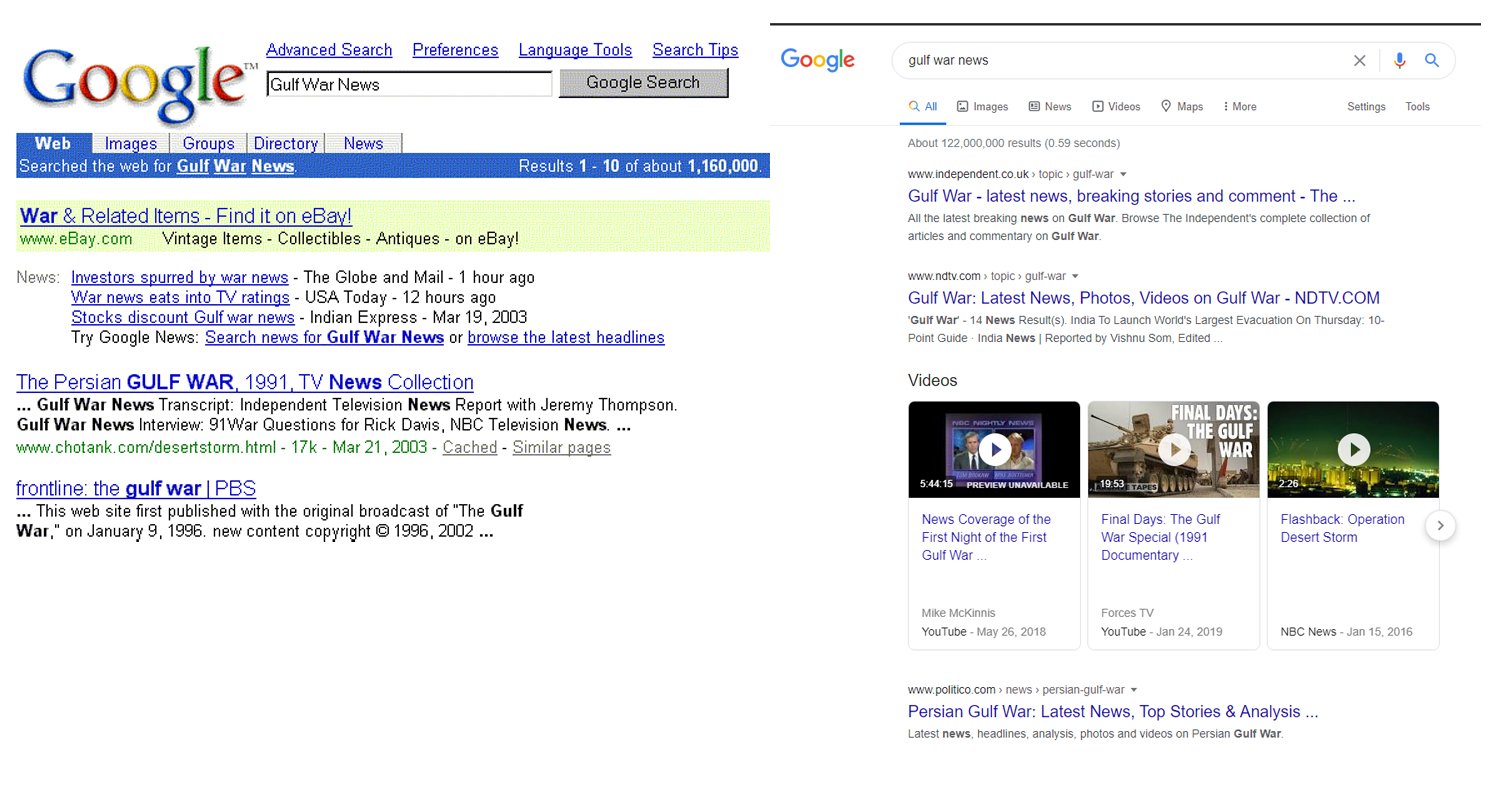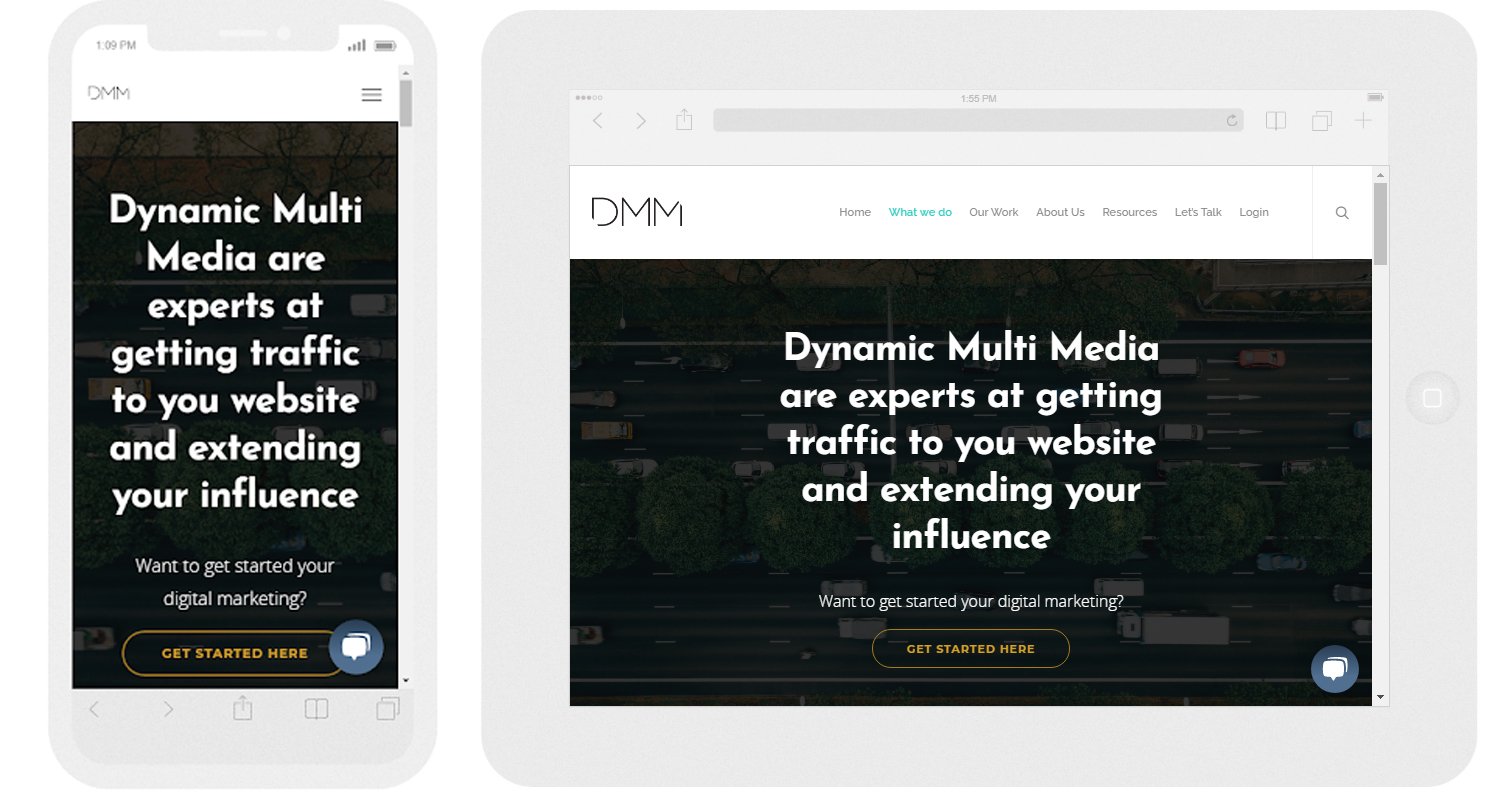You invested in creating your website, and at the time you spent quite a bit on it’s development. After a few years it may be necessary to get a new website, or at the very least upgrade what you have. How will you know that it’s time for something fresh?
By evaluating a few key areas, you can see whether or not you require a new website or a refreshing of the one you have. A website is an investment in the future success of your business, and is NOT a one-time expense. Your marketing planning should include a review of your website functionality and content at least once a year. When you review your site, consider the following:
Your own business
A business is a living, breathing thing that grows and develops over time. When your business started, you may have offered something entirely different to your current business. It may be time to update your website to reflect your product offering or services. It may be time to rethink how your website displays what your business ethos and value proposition is. It may also be time to remove some outdated content and information. Is your website still communicating the right message about your business?
Your competitors
When you started your business, most likely you were competing with a handful of pre-existing businesses, which you considered in your marketing efforts. It is likely that your industry has evolved to include some new players. Consider how they are marketing to your shared audience. Do they have a brand-new, excellent website that could potentially steal your customers away? Are they always at the top of the search results because their website is performing better on search engines? Ask yourself if your website stands out above the competition.
Your customers
Over the years, we have all learned to work with the world wide web. We’ve all learned what to expect from a good website, but this definition definitely changes over time. Look at your website from the perspective of your client. Is this the best site for them to find what they want, or is there a competitor site that is easier to use? Can they easily find the information, products or services they are looking for? Is the site layout intuitive and easy to navigate? Are your top products buried deep within the site or highlighted right out front? Do your customers know what to do on your site? Customers can also use other sources of information such as social media which means your site should have social buttons and links. Which social platforms do your customers use and how is your website interacting with those?
Your website
Think of your own online behaviour. Think of the websites you enjoy using or find the best to work with. Now, if you reflect on what you do online, you will have some idea of what your customers like and dislike. It is easy these days to create surveys, look at heatmaps or test different variations of your website to see how your customers behave on your website. However, this may not be necessary in all cases. You might already have an idea of which of your website pages perform best and which don’t, based on your own experiences with your website. Now, is your website the best customer experience you can offer?
Search engines
The requirements of search engines to rank your site have changed. The way Google shows your results has also changed. Compare the search result page from 22 March 2003 on the left to the one from today:

Bear in mind that this does not show the shopping ads, news, images or videos about this brand. Here you can see that there is a significant difference between the search results from a few years ago and now. If your website was built some time ago and you don’t have the right SEO and assets on your website, you may not have the same presence on the search results as your competitors. Having Google Ads is also a great way to surpass your competitors, but the cost and efficacy of your ads are also impacted by your website quality. Is your website meeting the standard of search engines in 2020? Are you presenting your business to the best of your ability, with a quality website that performs?
What determines your website quality in 2020?
The factors that determined a quality website in 1996 do not equate the same factors in 2020. Even the factors from 2016 no longer apply! That means that if you haven’t updated your website in at least the last three years, you really need to consider to start now! The factors that Google search, and other search engines use to determine your site’s quality include the following:
- Website Security
- Mobile Responsiveness
- Schema markup
- Content Quality
- Content Length
- Website speed
- Social proof
- Backlinks
- Optimized images
- Domain age
- User experience
So let’s dig a little deeper into each of these aspects:
- Website Security – if you look at your website address in the address bar, does it have a little lock next to it? This indicates that your website is secure. The lock appears if you have an SSL Certificate installed, which means that your website is encrypted to protect your own website from cyber attacks, and to protect the information of your online customers.

- Mobile Responsiveness – this refers to how your website responds to different screen resolutions. As the internet has evolved, many people are now exclusively experiencing websites via mobile devices, including mobile phones and tablets. Websites designed exclusively for desktop do not display optimally on smaller screens. Recently Google has started ranking sites exclusively as “mobile first”, meaning the site quality is evaluated on mobile devices rather than on how it functions on desktops. If the menu is not easy to navigate on mobile, or the text does not display well your site gets marked down. This means you won’t feature well in search results and pay more for ads.

- Meta data – something more technical to think about, is the meta data that your website contains. This is what tells Google and users what your site is about. Each page contains information that helps users get to the right place to purchase your products. Schema markup also helps your site communicate important information to search engines. Some older sites do not have the functionality available to update meta keywords, meta descriptions, alt tags and schema information.
Read more about DMM’s SEO Services, which includes offpage elements such as meta descriptions. - Content Quality – the quality of your content is determined not only by the keywords and landing page experience, but also by how unique the content is and how users interact with it. It is better to have unique content than to copy from someone else, especially if you don’t link that content to the original source. Google will penalize copied content and duplicate content (where something appears more than once on the same website). The number of incoming backlinks also helps identify high quality content.
- Website speed – your website should load quickly. If your site takes more than 5 seconds to load, likely people will leave and search for something else. If it loads faster than 2.9 seconds, it are loading faster than 50% of websites.
- Social proof – the evolution of social media has added another layer to the digital marketing landscape to help or hinder businesses. Imagine a new business that doesn’t yet have any online assets. If someone found them on search, they may check the recommendations of their friends or the social media following to know if this business is real and trustworthy. Once you have followers, it also created opportunities for feedback and a bit of a captive audience.
- Backlinks – this refers to links from other websites, social media or any other way that a link can be shared. This is a way for others to refer people to your website, which leads to people finding you even if they haven’t searched for you or don’t know your business at all.
- Optimized images – images that are correctly sized and named can help your website, as well as increase your search reach.
- Domain age – when moving your website from one domain name to another, or when changing your website you need to consider the quality indication that your domain name carries. Make sure to have your domain history carried with the new website to help the quality of your website.
- User experience – the single biggest factor on your website is the user experience. If your user can’t find what they need, they will go elsewhere. With the proliferation of websites, they have a wealth of choice at their fingertips. If your website is too hard to navigate, isn’t answering their question or doesn’t make it clear how to contact you they can leave. Consider how many clicks there will be from the home page to the goal. Consider how your prime products display. Is the text to image ratio right? Do you show them all of the most important links right up front?
So, is your website achieving its goal?
The one and only goal of a website is to be your representation online. It should be showing your product/service offering, answering every question your lead has and closing the sale on every page. If it isn’t doing that, then it isn’t doing it’s ONE JOB. And it isn’t reaching it’s goal. What do you do in your business when something is not reaching it’s goal or doing it’s one job? You get rid of it and get something that works. With hundreds of websites under our belt, DMM has seen the evolution of websites over the years. We know first-hand how something that worked five years ago, has to be renewed right now to get the results. As the world moved online in 2020, we’ve seen the success of those with great online presence and the failure of those with nothing. If your website is not kicking it to the back of the net, get in touch with DMM. We’d love to help!






